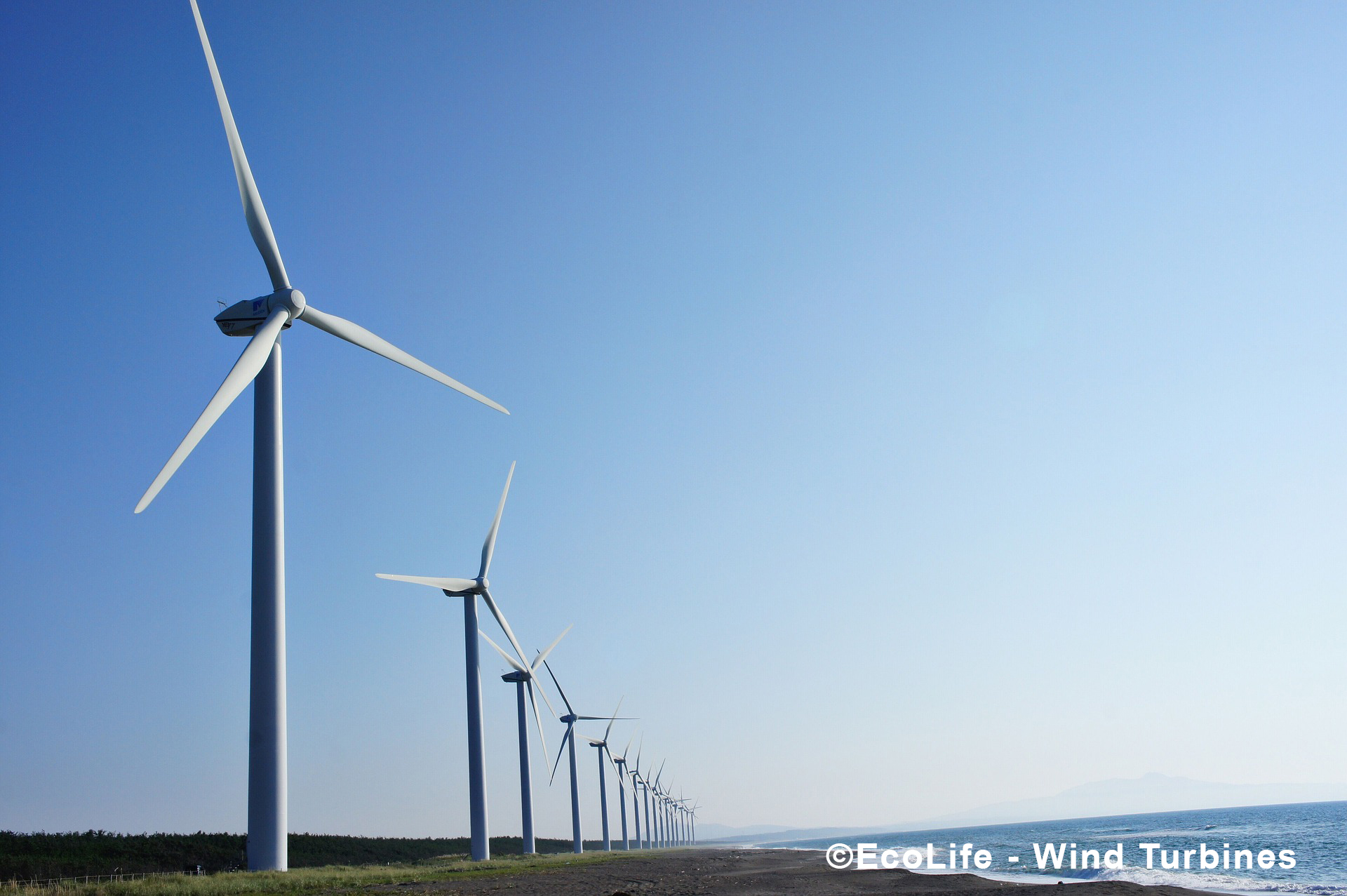Last week, the Biden administration announced the proposal to develop seven major offshore wind farms on the east and west coasts of the United States. Biden said he wants to build tens of thousands of wind turbines and generate 30 gigawatts of power by 2030. One gigawatt is the power equivalent of 3,125,000 solar panels.
There’s just one problem: only a tiny fleet of the massive, specialized vessels needed to construct wind turbines in the ocean exist and none of them are American. Why does that matter? Because of a century old maritime law called the Jones Act.
The Jones Act is a one-hundred-year-old maritime law created after World War I. The law states that only American ships built, registered, and crewed by the U.S. can carry merchandise or goods between two domestic ports in the United States.
The law, originally called the Merchant Marine Act of 1920, protected and boosted American-owned commercial shipping in the early 20th century.
The Jones Act means that when these offshore wind farm projects begin construction, the special vessels needed to build the wind turbines out at sea won’t be able to travel between U.S. ports for re-supplying, equipment, or goods. It gets worse.
According to a December 2020 Government Accountability Office, GAO, report, “Offshore Wind Energy,” only 50 non-American vessels can support the large cranes and equipment needed for the Biden administration’s offshore wind turbines.
If any of the 50 vessels, referred to as foreign-flag wind turbine installation vessels or WTIV, were available for construction, they could be supported by what the GAO calls Jones Act-compliant “feeder vessels.” Unfortunately, no current feeder vessels will be capable of carrying the heavier equipment needed for the larger offshore wind turbines.
Remember, offshore wind farms are built in the middle of the ocean. The WTIV are more commonly referred to as “jack-up lift vessels” or a “lift boat” because they have large crane legs that lower to the ocean floor and lift the vessel out of the water for better construction of the turbine.
Dominion Energy is building the United States’ first Jones Act-compliant vessel for wind turbine construction. According to the company, it costs an estimated $500 million to build and will be complete in 2023. Even if the Biden administration had machinations of creating a fleet of these vessels to speed up construction, they can’t exactly fly off the assembly line.
The White House and the U.S. Department of Interior Bureau of Ocean Energy Management expect the first lease sales for the seven offshore wind farms by 2025. Four years is a lifetime in politics and several things could happen between then and now to make the Jones Act irrelevant: repeal of the Jones Act, rapid construction of more American-owned vessels (unlikely) or stopping and canceling of the projects due to a new administration. The Jones Act has also been waived from time to time to allow for quick delivery of goods. Examples include Puerto Rico during natural disasters like Hurricane Maria or oil shipments to the Gulf Coast after Hurricane Katrina.
For those thinking Biden could strike down the Jones Act, think again. In January, Biden penned an executive order advocating strongly for the Jones Act and called it an opportunity to invest in American workers.
The Grassroots Institute of Hawai’i frequently criticizes the Jones Act and has pegged Hawai’i’s losses at around $1.2 billion, based on a 2020 study from the Honolulu-based think tank.
With the Jones Act strongly in place, it is a sure bet that legal and logistical issues with constructing these wind turbines will take the wind out of the sails of offshore energy.
Evan Harris is the media relations and outreach manager for PRI.

